Types of Appliances
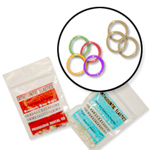
Elastics (Rubber Bands)
Wearing elastics (or rubber bands) improves the fit of your upper and lower teeth. Wear rubber bands as instructed, and remember that the rubber bands work far more efficiently if they're worn as prescribed.
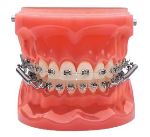
Forsus™
The Forsus Fatigue Resistant Device is an alternative to headgear which promotes growth in adolescents, helping to eliminate excessive overbites, improve the fit of teeth, and possibly prevent the need for jaw surgery.
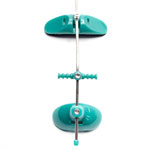
Headgear/Facemask
Headgear is used to treat patients whose teeth are in an overbite, with the upper jaw forward of the lower jaw, or an underbite with the lower jaw forward of the upper jaw. Headgear gently "pulls" on your teeth to restrict further forward growth of your upper teeth and jaw.
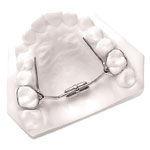
Palatal Expander
The palatal expander "expands" (or widens) your upper jaw by putting gentle pressure on your upper molars each time an adjustment is made. Your orthodontist will instruct you about when and how to adjust your expander. When you achieve the desired expansion, you will wear the appliance for several months to solidify the expansion and to prevent regression.
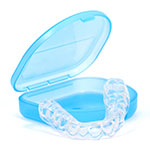
Clear Retainers
Retainers may be removable or fixed. They hold your teeth in their new, correct positions after your teeth have been straightened. Your orthodontist will instruct you on how to care for your retainer and about the duration of the wear. Wearing your retainer as directed is crucial to prevent regression of your treatment.
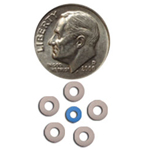
Separators or Spacers
Separators are little rubber doughnuts that may be placed between your teeth to push them apart so that orthodontic bands may be placed during your next appointment. The separators will be removed before we place the bands. Separators do not mix well with sticky foods, toothpicks, or floss.

Lingual Arch
A lower lingual holding arch is a fixed appliance that preserves space in the lower dental arch. Acting as a “space maintainer,” this appliance keeps the lower molars from moving forward, where they might block permanent teeth from erupting.
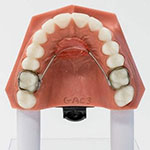
Nance Arch
Although similar in design to the lower lingual holding arch, the Nance arch has one significant difference. Two stainless steel rings (bands) are attached to the upper first molars using orthodontic cement. The bands are connected with a stainless-steel wire that runs across the roof of the mouth. An acrylic plate (“button”) covers the wire that touches the roof of the mouth (palate). This button is placed directly behind the front teeth and is about the size of a quarter. Like the lower lingual holding arch, the Nance appliance sits passively so no pressure or soreness is caused by its presence.
